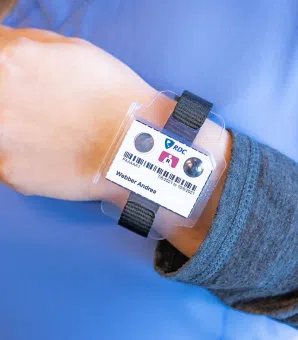
Dosimeter badge services for medical, dental, and veterinary businesses
Learn how Radiation Detection Company’s easy-to-use dosimetry solutions can boost the efficiency of your practice.
Reviewed by Mirela Kirr
Explore which personal radiation monitor is most effective for specific settings so you can feel confident choosing monitoring technology for your organization.
These days, there are many different types of personal radiation dosimeters on the market. But what are the differences between active, passive, and semi-passive dosimeters, and which option is right for you?
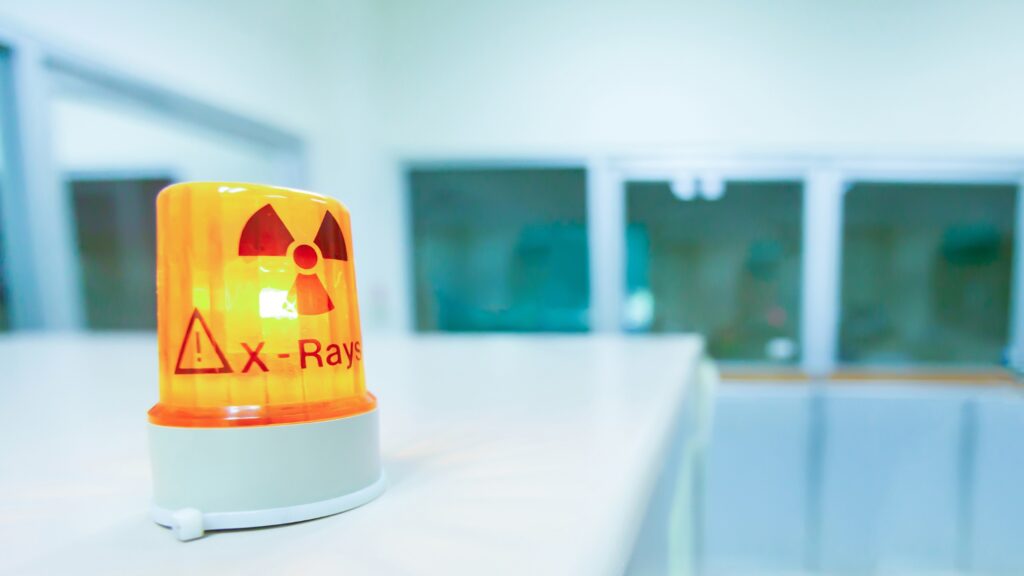
Radiation safety is an essential step for organizations looking to protect the health of their employees. Ionizing radiation has so much energy that it can knock electrons out of atoms (a process known as ionization). This type of radiation can originate from cosmic particles (i.e., particles from outer space), X-ray machines, and other radioactive elements.
Ionizing radiation possesses enough energy to affect a living cell's atoms and damage its genetic material (DNA) by breaking the bonds that hold together groups of atoms (molecules). You'll remember that ionizing radiation comes in a few different types, including X-rays and gamma rays, alpha and beta radiation, and neutron radiation.
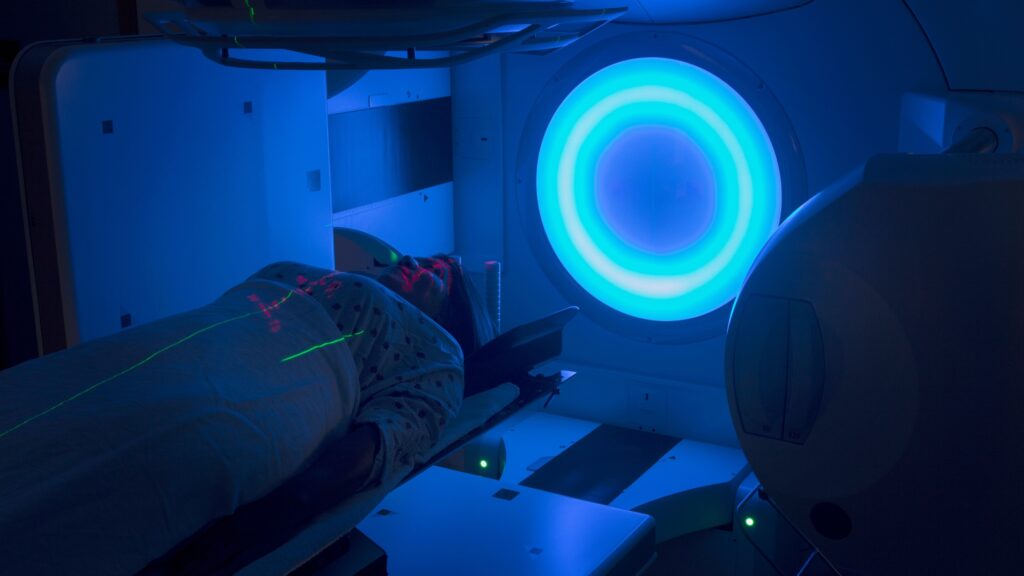
Too much ionizing radiation can result in damage to DNA and the changing of cell structure. These changes have the potential to cause serious health problems, including an increased risk of developing certain cancers.
Personal radiation dosimeters help measure ionizing radiation so individuals and companies can proactively protect employee health and maintain radiation safety and regulatory compliance.
Creating and maintaining an effective radiation safety program is crucial in protecting radiation personnel from all ionizing radiation elements. It's also essential for maintaining compliance with federal and state regulations.
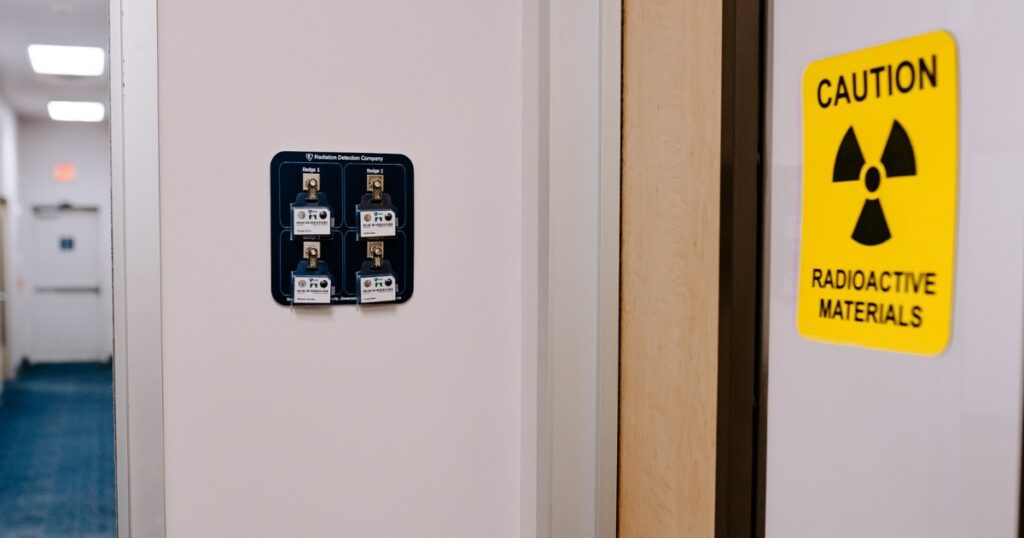
The US Nuclear Regulatory Commission (NRC) and state regulators have established dose limits for occupational exposure for people working with radiation sources (i.e., X-ray imaging equipment) – the dose limit functions as a form of radiation protection for personnel monitoring. We report radiation dose in rads and dose equivalent rems.
There are a few ways to measure an absorbed dose from ionizing radiation. Those in contact with radiation throughout their employment can carry a personal radiation dosimeter specifically designed to record and indicate the radiation dose received by the badge wearer.
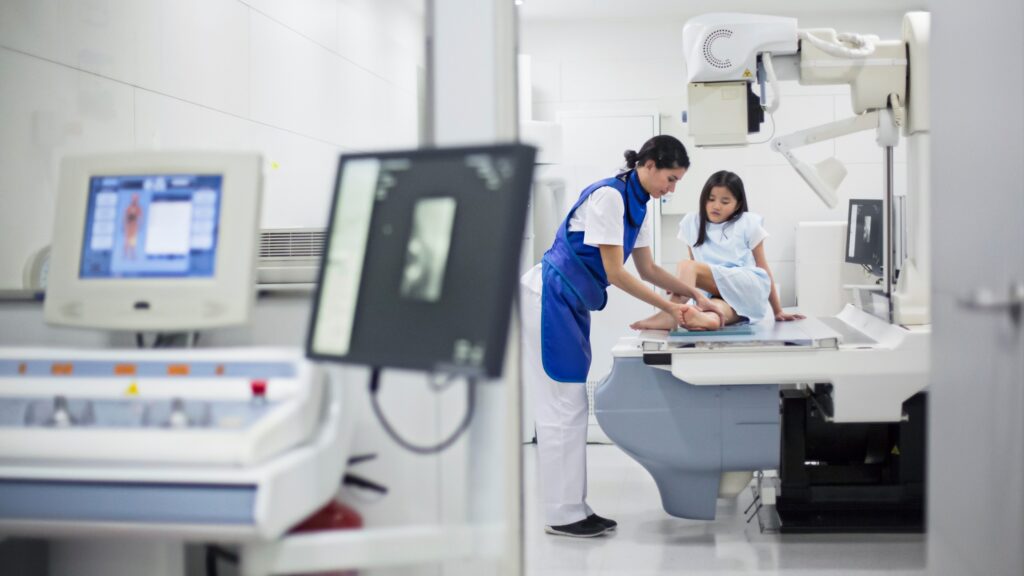
The personal dose equivalent (sometimes referred to as occupational dose or dose) is defined as the dose in tissue at an appropriate depth in the human body.
Now that you know more about radiation dose and why personal radiation dosimeters are necessary in occupational settings, we can take a closer look at the different types of dosimeters.
The main difference between the three types of dosimeters lies in how they measure radiation exposure:
In summary, active dosimeters provide real-time measurements, while passive dosimeters record a radiation exposure estimate over a period of time for later analysis. The sections below will explore more of the nuances and differences between active, passive, and semi-passive dosimetry.
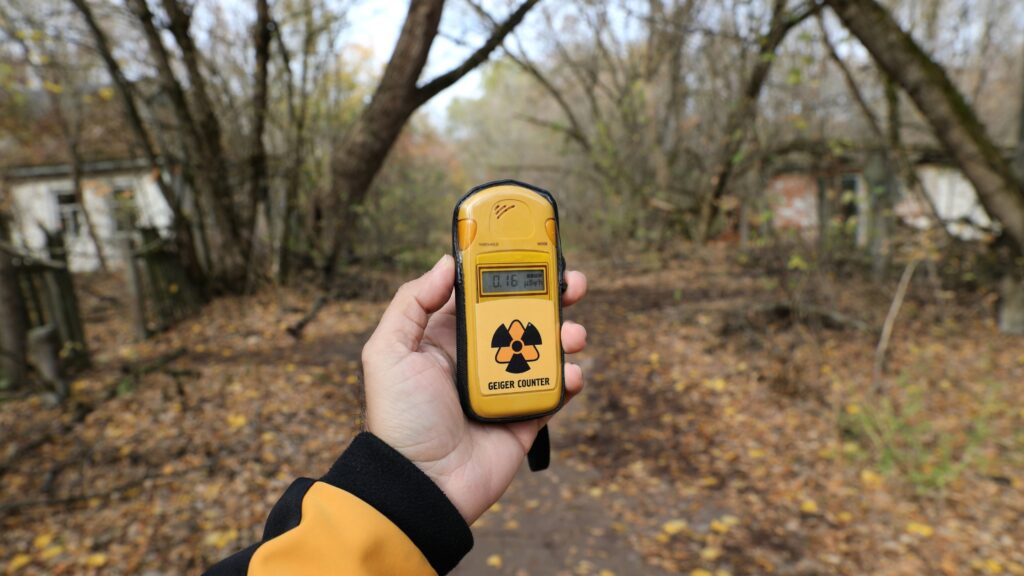
Active dosimeters measure instantaneous dose and follow all variations of radiation exposure over time. These dosimeters provide a real-time direct display of information, reporting radiation dose and dose rate for the individual wearing the device. The accumulated dose includes other functions, such as alarm threshold settings for dose and dose rate values.
An active dosimeter allows continuous monitoring with audible and visual alarm warnings at preset levels of exposure. Active dosimeters have the advantage of perpetual live readouts of the accumulated radiation dose. Organizations often use active dosimetry to supplement passive and semi-passive dosimetry in the case of high radiation levels or dose optimization purposes.
Some examples of active dosimeters include electronic personal dosimeters (EPDs), personal emergency radiation detectors, and quartz fiber dosimeters.
Individuals typically use active dosimeters in environments with radioactive material where there is a higher risk of radiation exposure and when real-time monitoring of radiation levels is crucial. Active dosimetry may be the best option in nuclear facilities, radiology departments, and other high-risk settings where immediate feedback on radiation levels is necessary to ensure radiation safety.

Passive dosimeters (i.e., TLD and OSL) do not need an external energy source, as the signal is stored in the device. They are also known as integrating dosimeters, meaning they estimate the wearer's cumulative dose.
Passive dosimeters record how much radiation an individual receives over a specific period (i.e., a week, a month, a quarter, a whole year – issue to processing time). They do not provide a direct readout of absorbed dose – instead, a personal radiation monitoring service completes an analysis later in a lab and provides dose reports.
Organizations typically prefer using passive dosimetry systems in occupational settings requiring personal radiation monitoring with low levels of radiation (i.e., hospital settings). Passive dosimetry is a good fit for occupational settings that need to measure the primary dose of legal record (DLR).
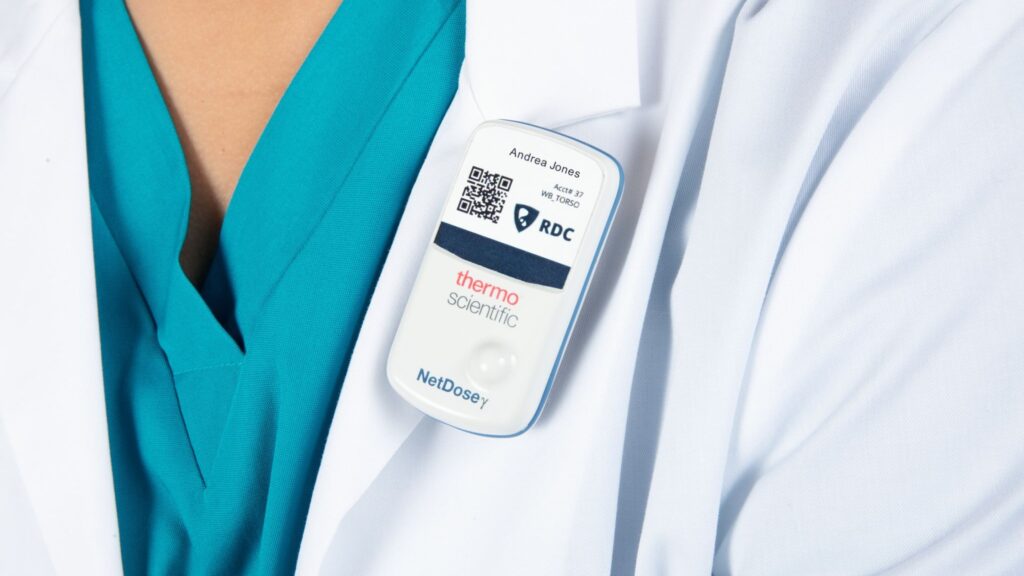
A semi-passive dosimeter combines features of both active and passive dosimeters. Semi-passive dosimeters include digital dosimeters and offer on-demand reads and granularity in dose.
With a whole body digital dosimeter, you can read your dose any time you want and know exactly when the dose occurs, as opposed to passive dosimeters, which provide the dose over a period of time.
A semi-passive dosimeter like NetDose is an excellent option for organizations needing more versatility in reporting; management can easily reassign NetDose to different users within the same organization. NetDose also provides more granular, real-time reporting, offering peace of mind for pregnant employees who need more insight via daily, weekly, or monthly reports.
A semi-passive dosimeter may be a good option in settings where there is a risk of higher occupational dose, like for employees working in interventional radiology. They can also be helpful when workers are in the field (industrial radiography or equipment testing) or in settings where sending personal radiation dosimeters back and forth for analysis becomes logistically cumbersome.
Radiation Detection Company has provided quality dosimetry monitoring service to over 31,000 companies worldwide for over 75 years. We provide everything you need to get started with radiation monitoring service, including whole body dosimeter and extremity badges, fetal monitoring, and leak tests.
RDC makes it easy to protect employee health and prioritize radiation safety in every work environment – you can use our free cost calculator to build your order.
Do you need help deciding which of our dosimetry solutions will best fit your needs? Please contact us, and our team will be happy to provide guidance.
Active dosimeters, including electronic dosimeters, provide real-time measurement of radiation exposure using electronic components. In contrast, passive dosimeters absorb radiation over time and are analyzed later in a lab to determine exposure levels.
Passive dosimeters do not need to be continuously monitored and do not require an external power source.
Passive dosimeters come in various types, including:
The two types each have their own advantages and limitations, and the choice depends on factors such as the type of radiation being monitored, the required sensitivity, and the available analysis method.
You should choose a dosimeter based on the type of radiation present in the workplace; your dosimeter needs to be appropriate for the radiation work environment based on the radioactive materials license for your workplace equipment. Be sure to use a NVLAP-accredited monitor.
The NRC set the whole body occupational exposure limit to 5,000 mrem (50 mSv) per year. Radiation monitoring is a necessary first step in radiation safety; Radiation Detection Company can help calculate the personal dose equivalent you receive in your workplace.
Learn how Radiation Detection Company’s easy-to-use dosimetry solutions can boost the efficiency of your practice.
